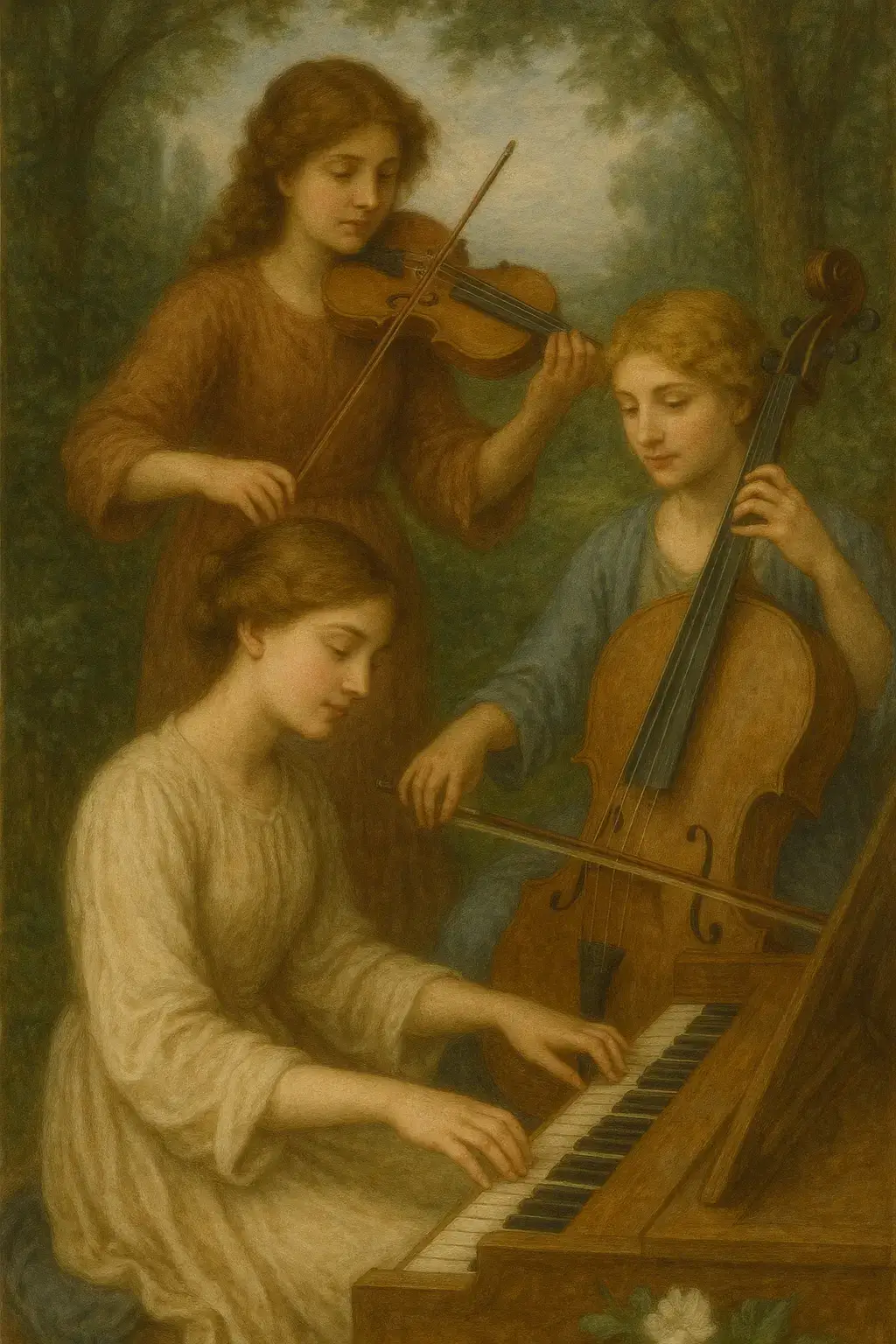Victoria✨
Region: IT
Wednesday 01 October 2025 15:14:13 GMT
492
41
1
0
Music
Download
Comments
Lightbeamofhope :
😍😍😍😍😍😍😍😍😍
2025-10-01 15:41:55
1
To see more videos from user @chicnarrative, please go to the Tikwm
homepage.





